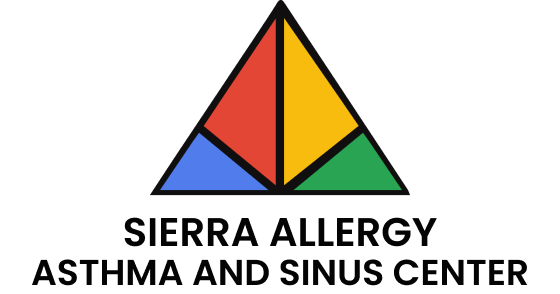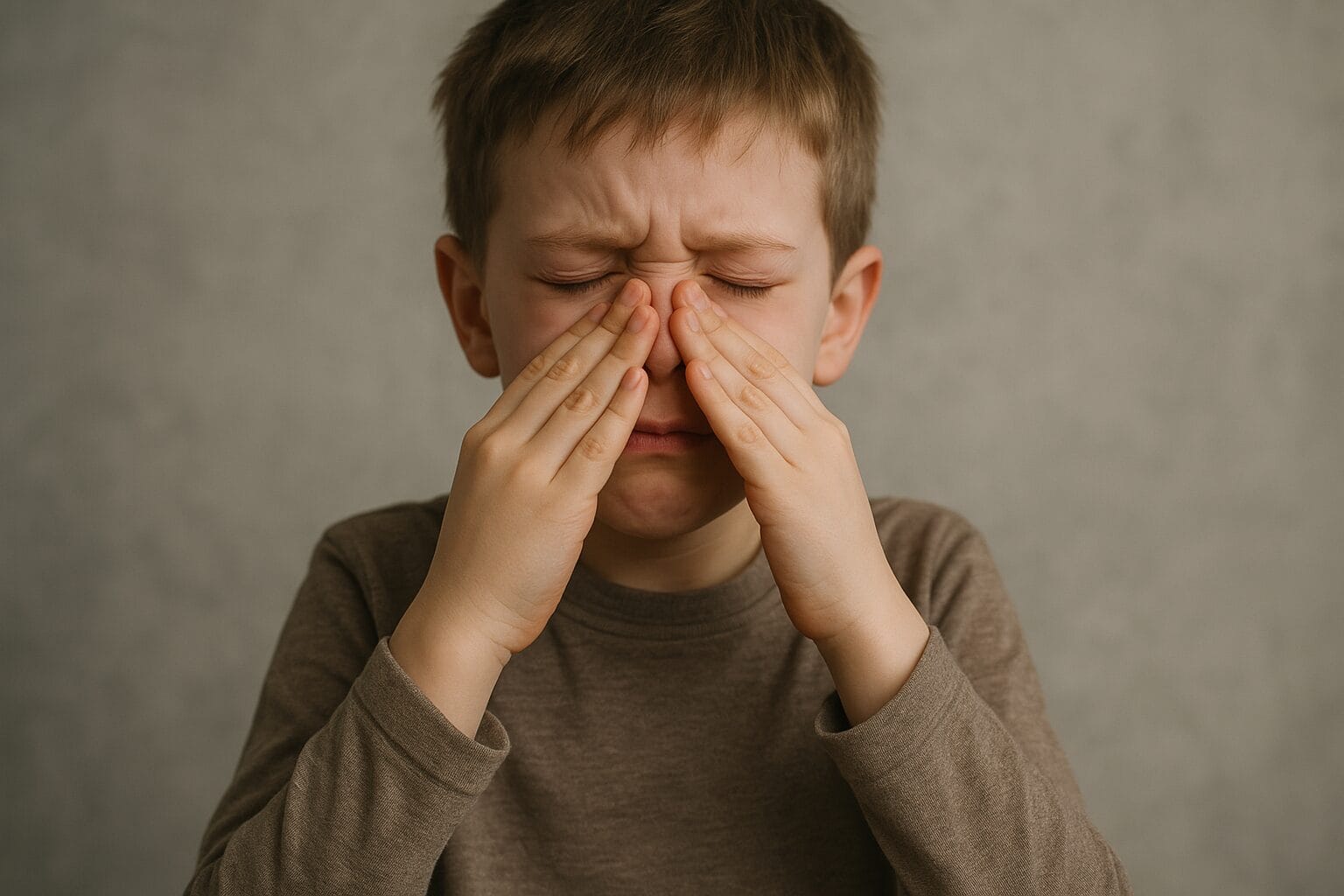Skin rashes can be uncomfortable, itchy, and sometimes even painful. Whether they appear suddenly or develop over time, they can be a cause of concern, especially when you don’t know why they are there. In this blog, we will walk you through what skin rashes are, what causes them, and most importantly, how to get rid of them safely and effectively. Let’s take care of your skin, because you deserve to feel good in it.

What is a skin rash?
A skin rash is an area of irritated or swollen skin that can appear red, itchy, bumpy, scaly, or even blistered. Rashes can show up on just one part of the body or be spread all over. They are not a disease themselves but often a symptom of something else happening in or on your body.
There are different types of rashes like contact dermatitis (caused by touching something), eczema, hives, heat rash, or even viral rashes. Sometimes, the cause is obvious like touching poison ivy. Other times, it takes a little detective work to figure it out.
What causes a skin rash?
There are many causes of skin rashes. Some of the most common include:
- • Allergic reactions – Your skin might react to soaps, lotions, laundry detergents, or jewelry.
- • Heat and sweat – Hot weather and sweating can lead to heat rashes.
- • Infections – Bacterial, fungal, or viral infections (like chickenpox or measles) can trigger rashes.
- • Autoimmune conditions – Conditions like lupus or psoriasis can also cause skin flare-ups.
- • Stress and anxiety – Yes, your emotions can show up on your skin too.
Some rashes can also be contagious, like those caused by fungal infections or viruses, while others (like eczema or allergic reactions) are not.
How long does a viral skin rash last?
If your rash is caused by a virus, it usually lasts a few days to a week, depending on your immune system. Viral rashes typically clear up on their own as the infection passes. In some cases, like with measles or chickenpox, the rash may take up to two weeks to disappear completely.
It’s important to rest, stay hydrated, and avoid scratching to prevent scarring or infection. If your rash is getting worse or comes with a high fever, see a doctor right away.
Symptoms to look out for
Recognizing the signs of a skin rash helps you take the right action early on. Here are some common symptoms:
- • Redness or discoloration
- • Bumps, blisters, or scaling
- • Itching or burning
- • Dry or cracked skin
- • Pain or tenderness in the rash area
If the rash spreads quickly, becomes painful, or you notice pus or fever, it’s best to get medical help immediately. These could be signs of something more serious.
How to get rid of a skin rash (step-by-step)

The treatment depends on the cause, but here are general steps to follow:
1. Identify the cause
Before you treat a rash, try to figure out what caused it. Did you try a new lotion or detergent? Were you in the sun too long? Did you come into contact with a plant or animal? Knowing the trigger helps prevent future flare-ups.
2. Stop the irritation
If you suspect something is irritating your skin, stop using it right away. That includes cosmetics, perfumes, soaps, and new clothing that might be causing friction.
3. Keep the area clean and dry
Gently wash the affected area with lukewarm water and a mild, fragrance-free soap. Pat it dry, don’t rub.
4. Apply soothing treatments
Try these at-home remedies:
- • Aloe vera gel – Naturally cools and reduces inflammation.
- • Calamine lotion – Great for itchy rashes like chickenpox or poison ivy.
- • Oatmeal baths – Calm and soothe irritated skin.
- • Cold compresses – Help with swelling and discomfort.
5. Use over-the-counter creams
Hydrocortisone creams or antihistamines (like Benadryl) can reduce itching and inflammation. Always read the label and follow instructions. If you’re unsure, ask a pharmacist or doctor.
6. Avoid scratching
As hard as it is, scratching makes things worse. It can cause the rash to spread or lead to infection. Trim your nails and maybe wear cotton gloves at night if needed.
7. Seek medical help if needed
If your rash doesn’t go away in a few days, spreads, or worsens, talk to a dermatologist or a healthcare provider. They can prescribe stronger medication or run tests to find the exact cause.
Natural ways to soothe skin rashes
For those who prefer a more natural route, here are some gentle remedies that work for many people:
- • Coconut oil – Has anti-inflammatory and antimicrobial properties.
- • Chamomile tea compresses – Soothing for inflamed or itchy skin.
- • Witch hazel – Helps with redness and swelling.
- • Apple cider vinegar (diluted) – Can fight bacteria but should be used with caution on sensitive skin.
Always do a patch test first to make sure your skin reacts well.
Prevention is better than cure
Here’s how to prevent skin rashes from coming back:
- • Wear loose, breathable clothing to avoid irritation.
- • Use hypoallergenic skincare products and detergents.
- • Stay hydrated and eat foods rich in vitamins A, C, and E.
- • Avoid known triggers, whether it’s a food, product, or material.
- • Moisturize regularly to strengthen your skin barrier.
- • Protect your skin from extreme weather (hot or cold).
Final thoughts
Skin rashes may be common, but that doesn’t mean you should ignore them. Taking care of your skin means listening to your body and knowing when to act. Whether it’s a small irritation or something more serious, help is always available.
So if you ever find yourself asking, “How long does a viral skin rash last?” or “What causes skin rash?”. Remember: understanding the cause is key, treatment is available, and you don’t have to go through it alone.





